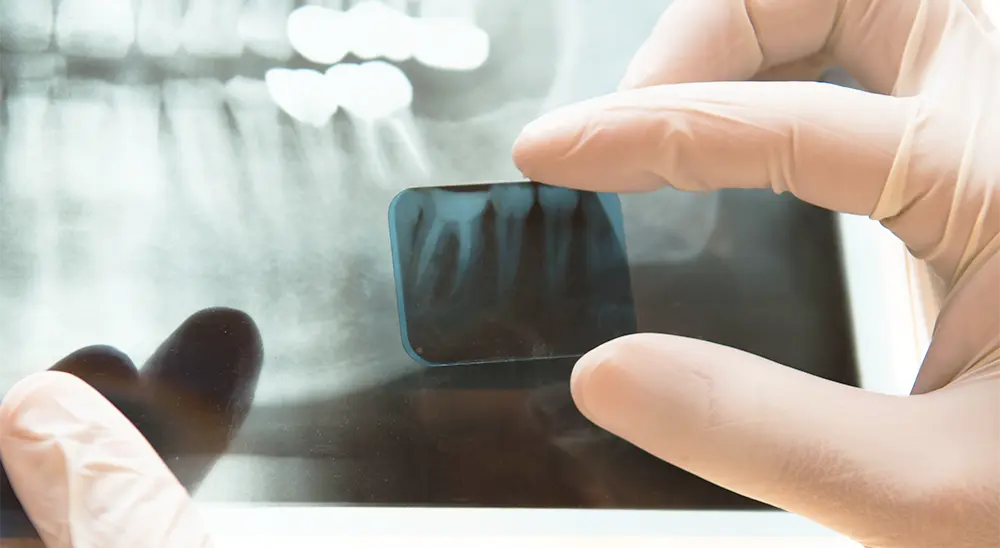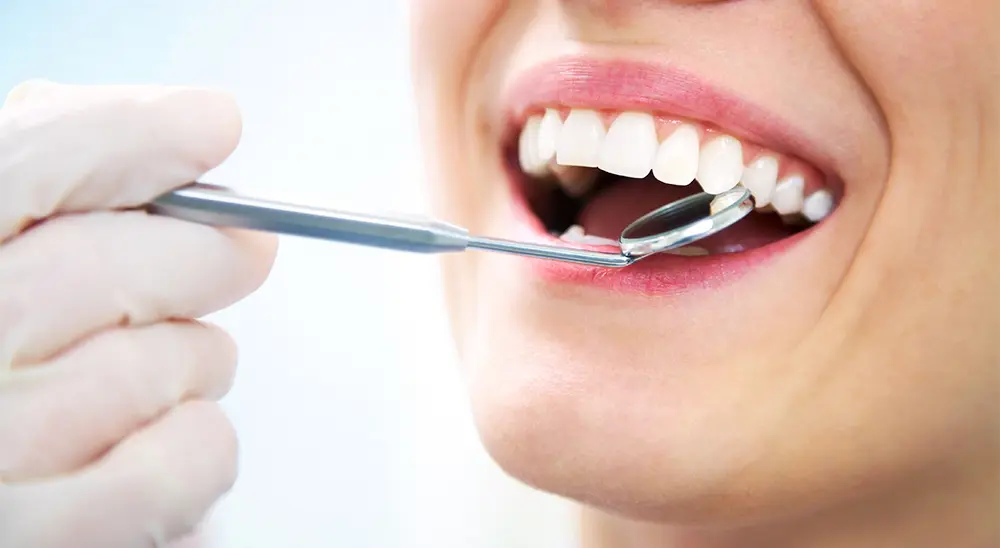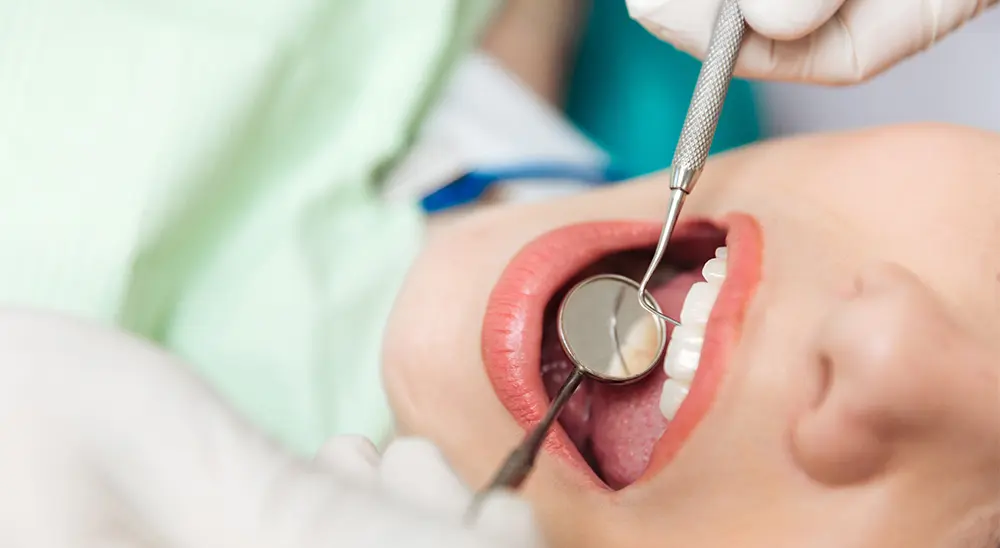
Dental implants - key terms
What do the terms you will hear during the implant consultation mean?
Do you need dental implants and you are about to have an implant consultation? Through this article you can get to know better the basic terminology used by the specialists during the initial examination and subsequent implant treatment! Enjoy reading!
- Dental implant
- Dental implants are metal products designed to replace the root of one or more missing teeth. They are placed in the jaws by means of surgical manipulation. Dental implants can be used in partially edentulous jaws (including for replacement of only one tooth), as well as in completely edentulous jaws.
- Abutment
- The abutment is a superstructure that attaches to the dental implant (in classic implants, which are two-part), and in basal implants (which are one-part), these two parts are monolithically connected. Abutments are used to hold a single crown or bridge structure. There are also abutments with a spherical head, which serves to hold a removable prosthesis.
- Dental crowns
- Dental crowns are artificial products that restore the natural crown of the tooth. They can replace one, several or all teeth. There are different types of crowns, depending on the material they are made of, as well as according to the size and the way they “wrap the tooth”.
- Endosal implants
- Endosal, also called classical and intraosseous implants, are placed in the jawbone and are usually made of titanium. In patients who do not have enough bone, an additional bone placement procedure is often required.
- Subperiosteal implants
- Subperiosteal, more commonly called basal implants, are placed under the gums, on or above the jawbone. This type of implant can be used in patients suffering from mild to severe jaw bone atrophy (lack of sufficient bone) .

- Single-part and two-part dental implants
In general, dental implants can be divided into 2 types – two-part (classic) and one-part (basal and compressive). Basal implants consist of one main body with an abutment and are placed simultaneously in the jawbone, that’s why they are called single-part, and the individual parts of the classical implants are placed in stages.
- Immediate and delayed loading of dental implants
- There are several types of dental implants, according to the way they are loaded, but they are mainly divided into two types – with immediate and delayed loading. Basal implants are immediately loaded and can be placed in the jaw bones immediately after tooth extraction. You can learn more about them
- .
- The classic implants are placed with a delayed loading, and the treatment with them is long and time consuming. You can learn more
- .
- Dentures
Removable dentures are a traditional option that can replace missing teeth, but in a very large percentage of the cases they are extremely uncomfortable for the patients and do not have the same success as the dental implants. The traditional dentures should be taken out on a daily basis, so they can be cleaned and maintained, while the dental implants constructions are attached to the implants and they are permanently fixed (cemented) and should not be removed by the patients.
- Osseointegration
Osseointegration is a biological process that allows the dental implant to “merge” with the existing bone, improving the strength between it and the dental implant.
- Sinus lift
In order to successfully place classic implants, the patient should have a sufficient amount of bone (width and height of the bone). The sinus lift is a procedure that aims to lift the sinus floor and involves adding bone under the sinuses in cases where the natural bone is insufficient.
- Titanium
Most modern dental implants are made of titanium. This metal has a number of advantages, as it is a biocompatible material and could not cause allergic reactions. Titanium is an extremely strong material, easier to ossify and has a high oxygen affinity, which means that it will form a thin oxide layer when placed in the jaw.
- Metal-ceramic
crowns are a type of dental crowns, the outer part of which consists of ceramics, and the inner of a metal cap. It is a good choice for severely damaged natural teeth or prosthetics on dental implants.
Any more questions? Do not hesitate to contact us through our contact form here:








